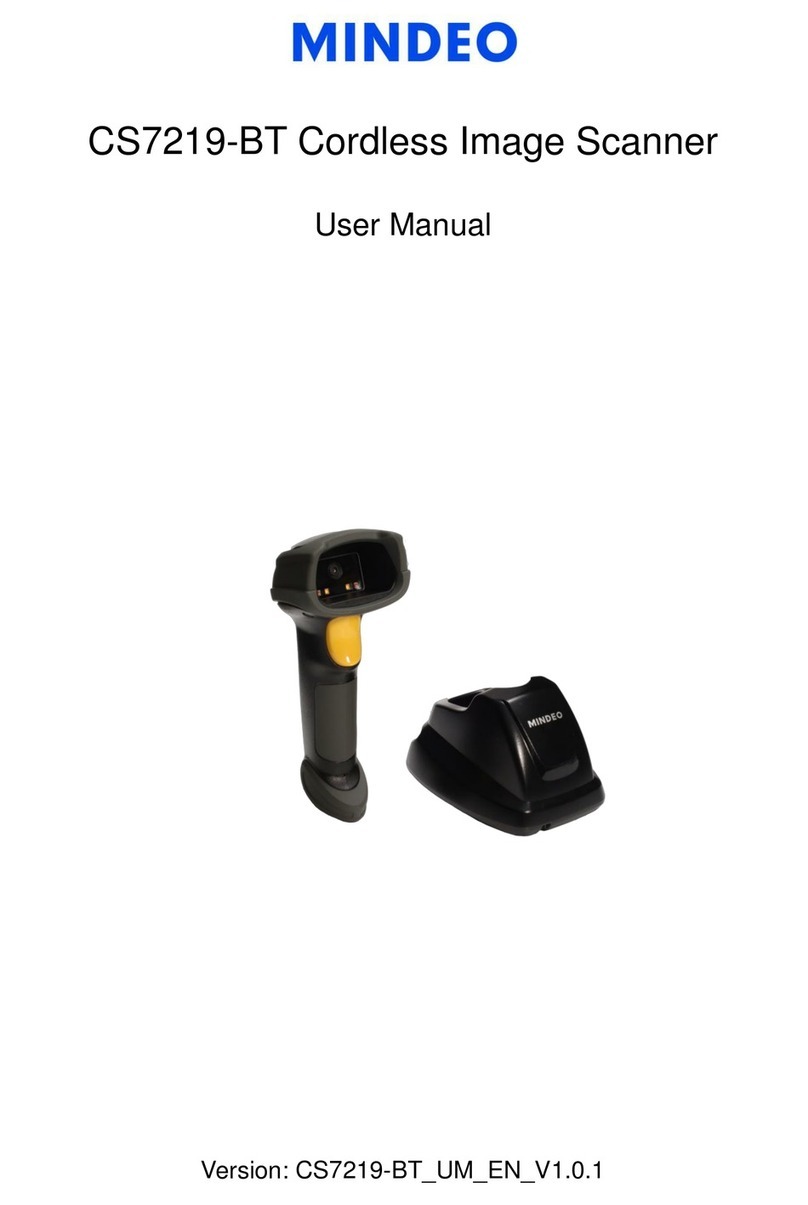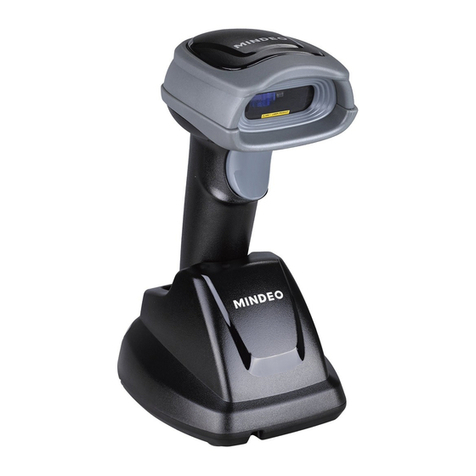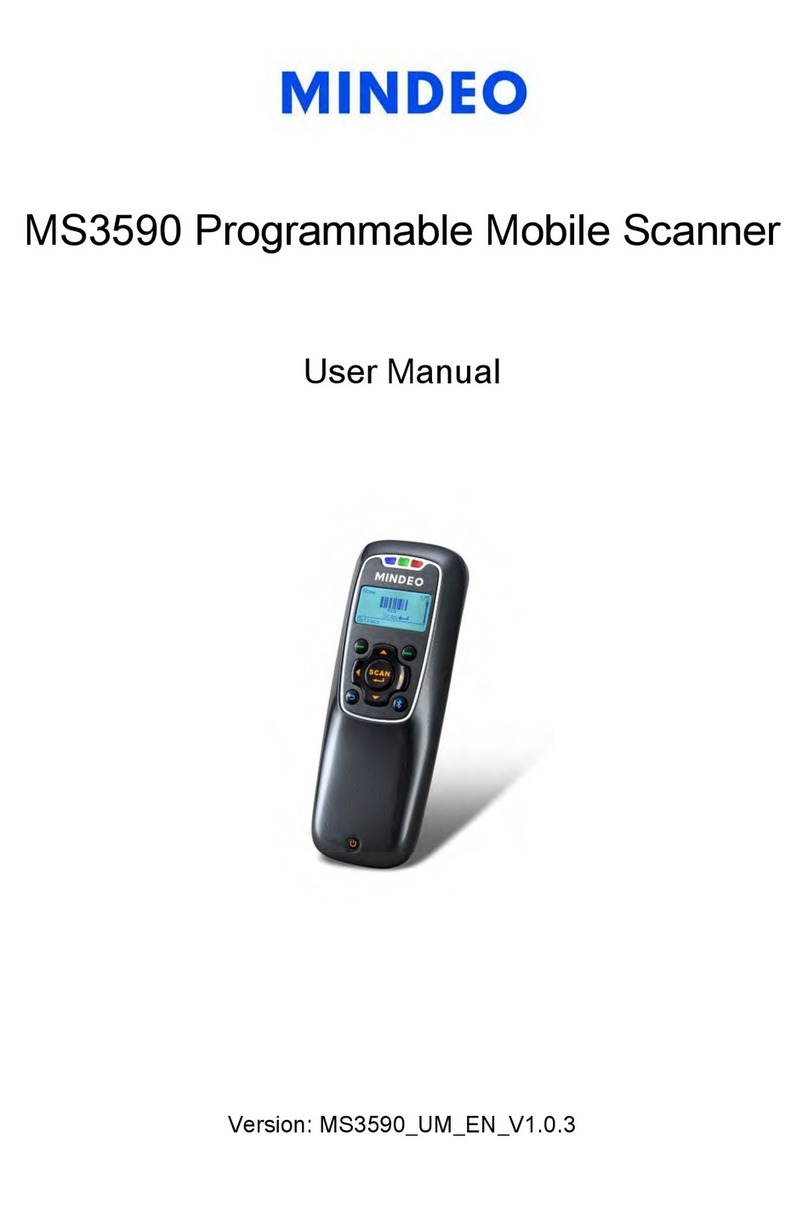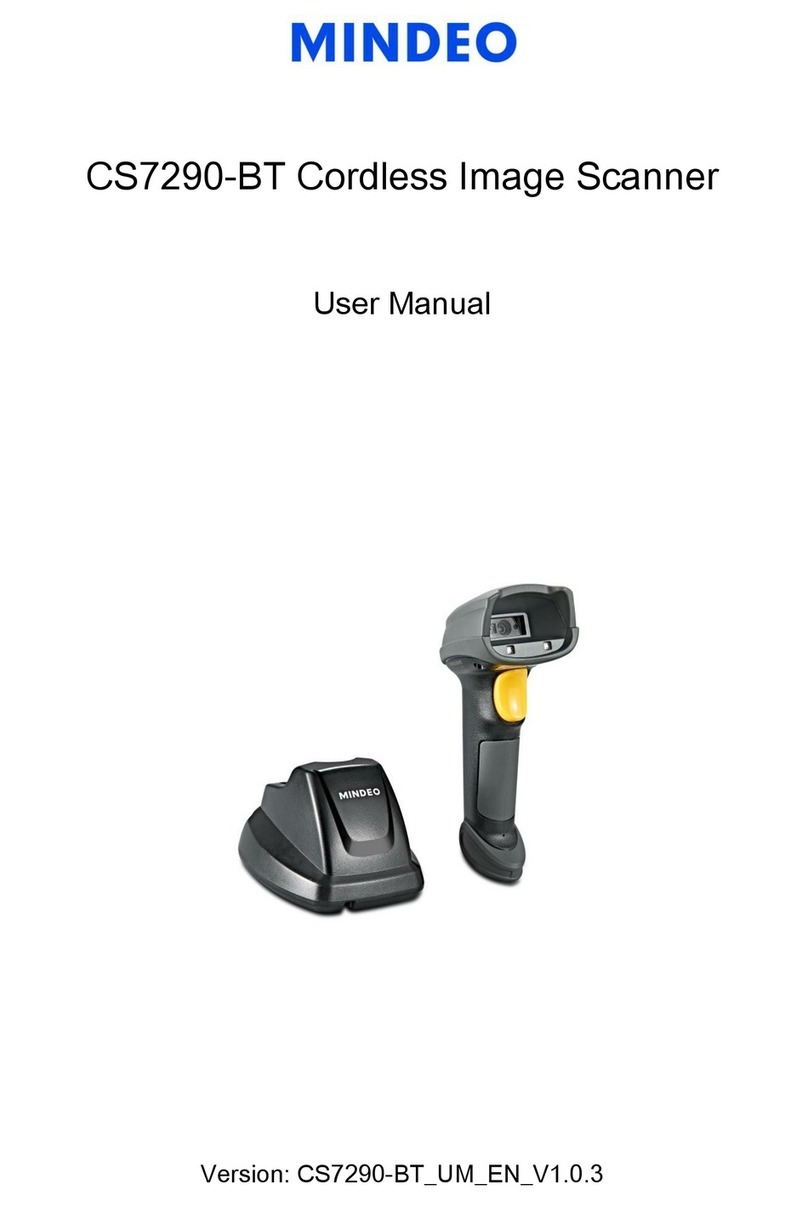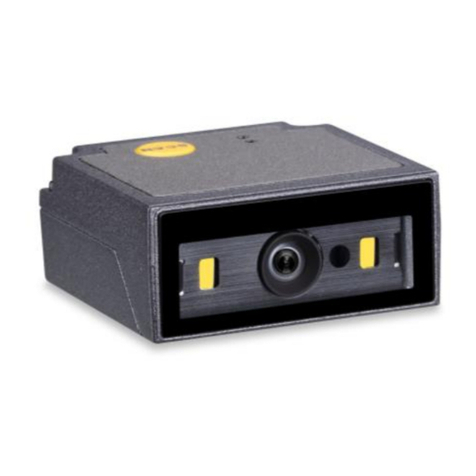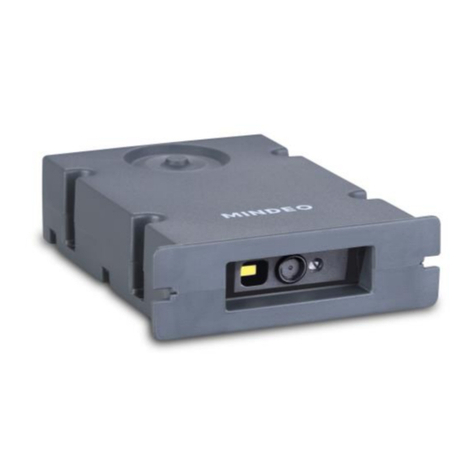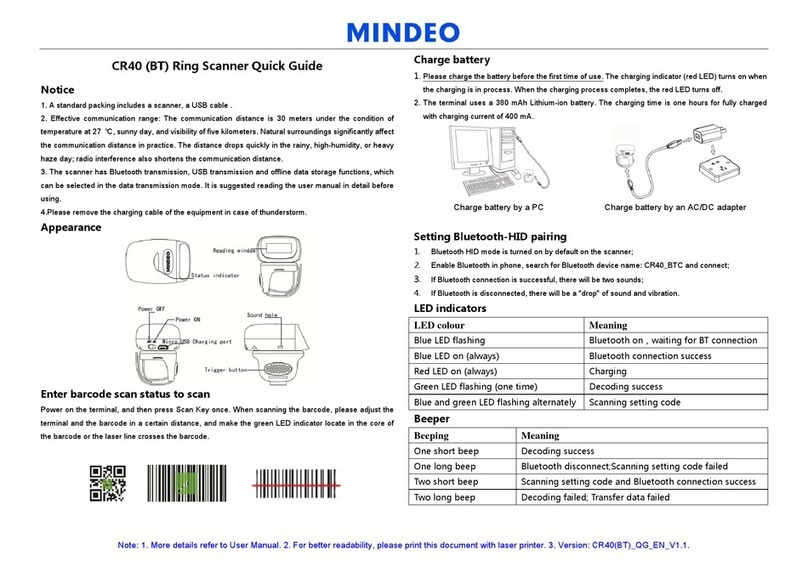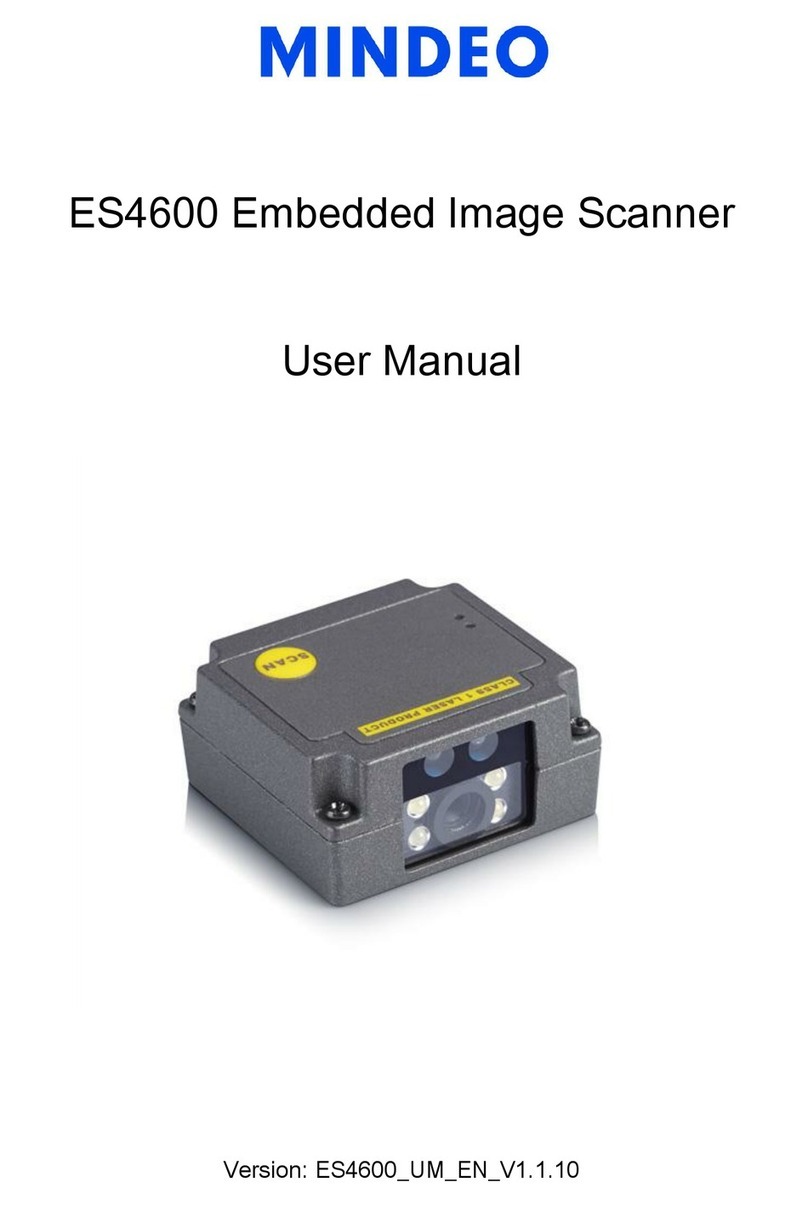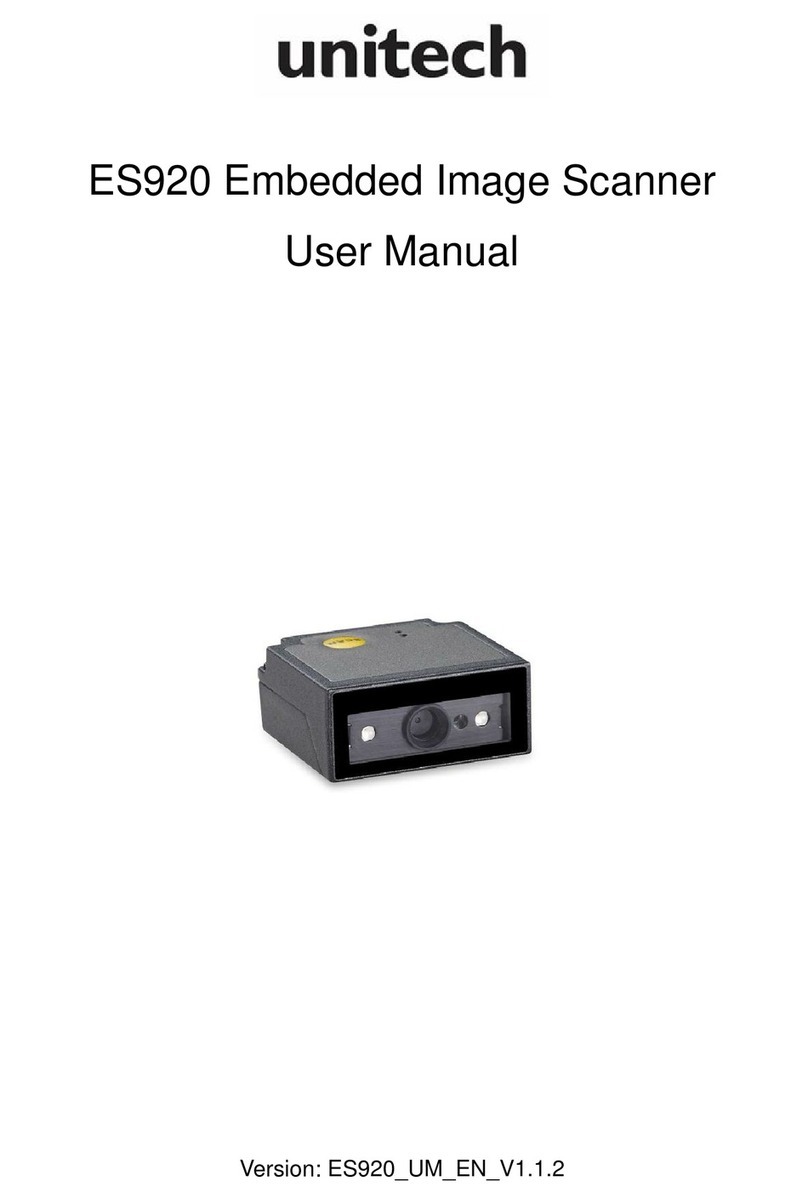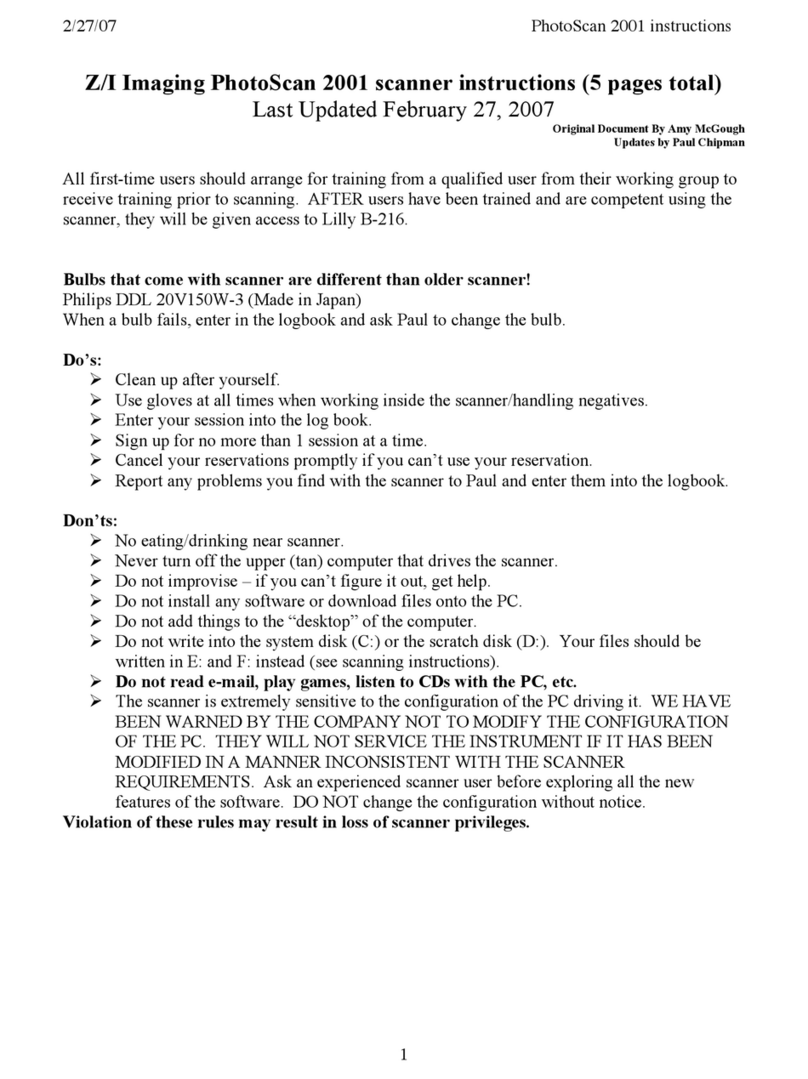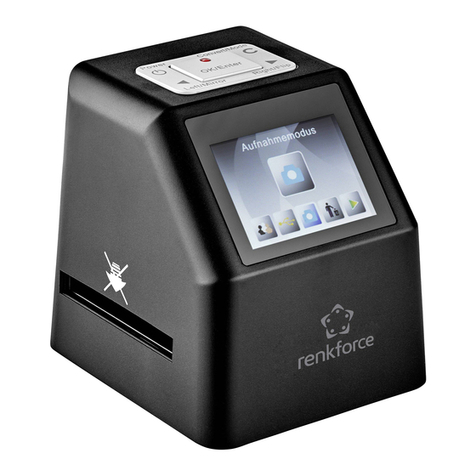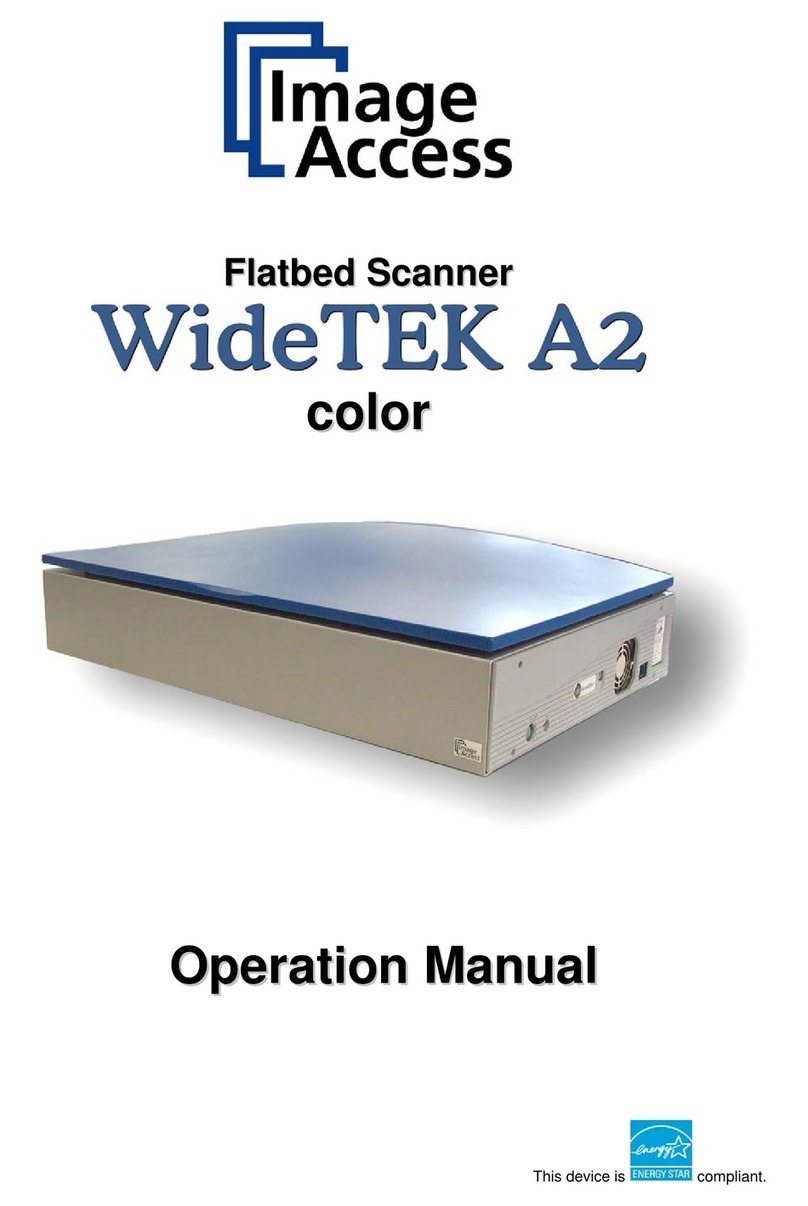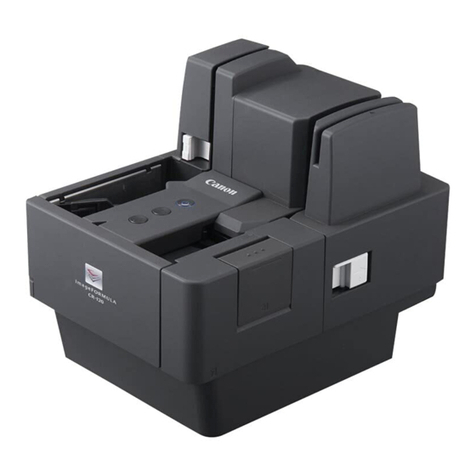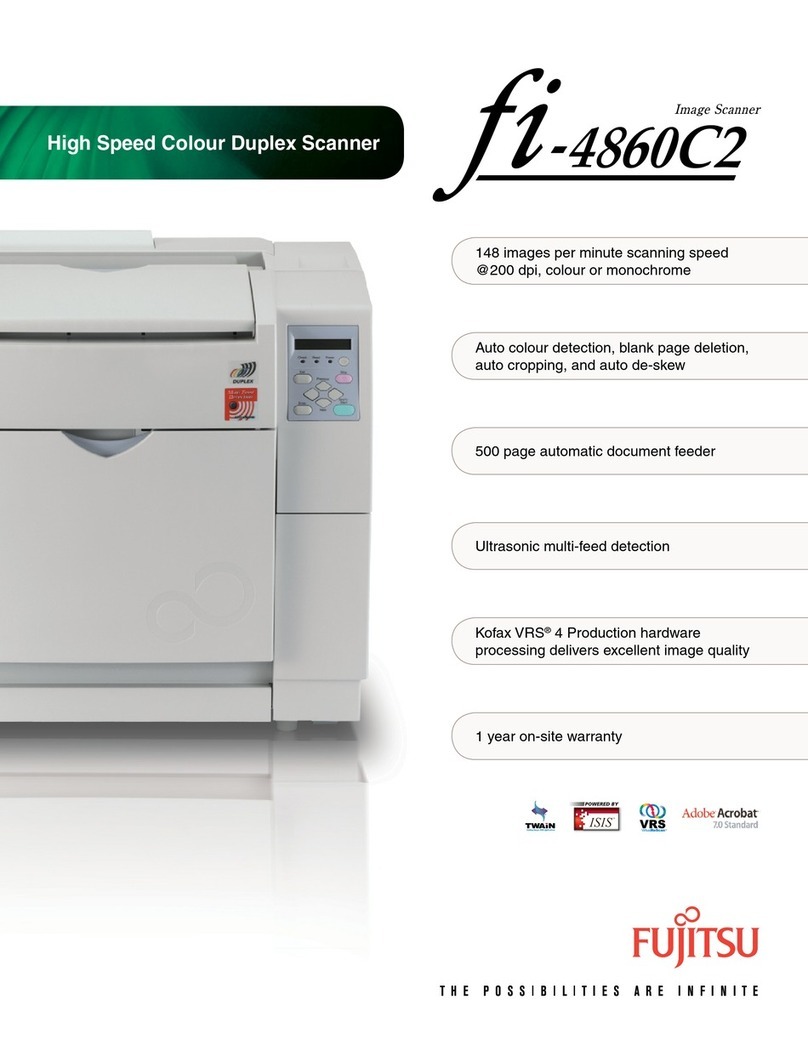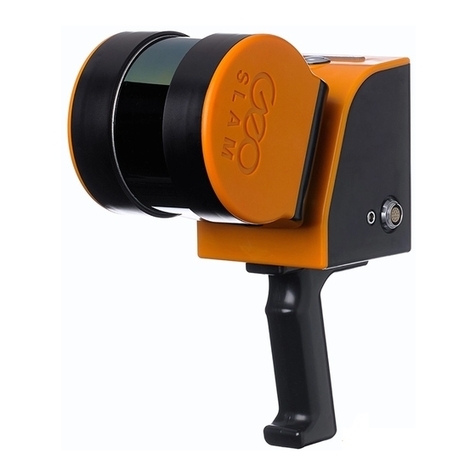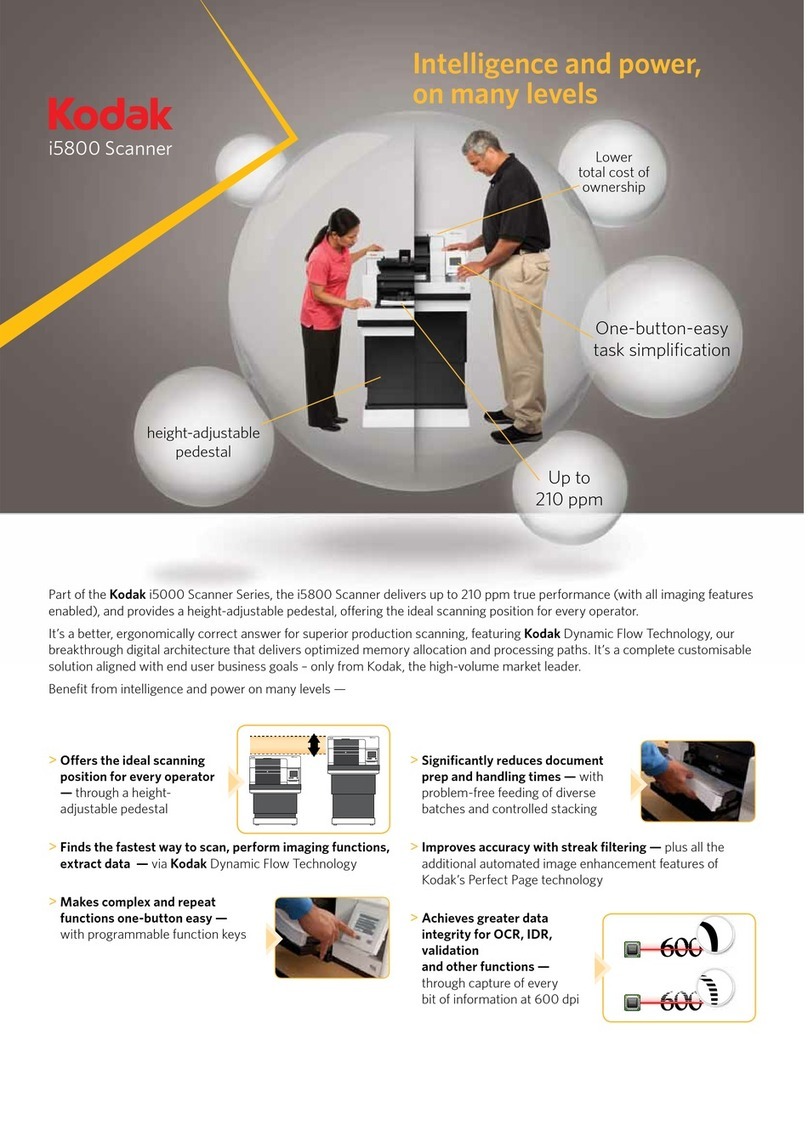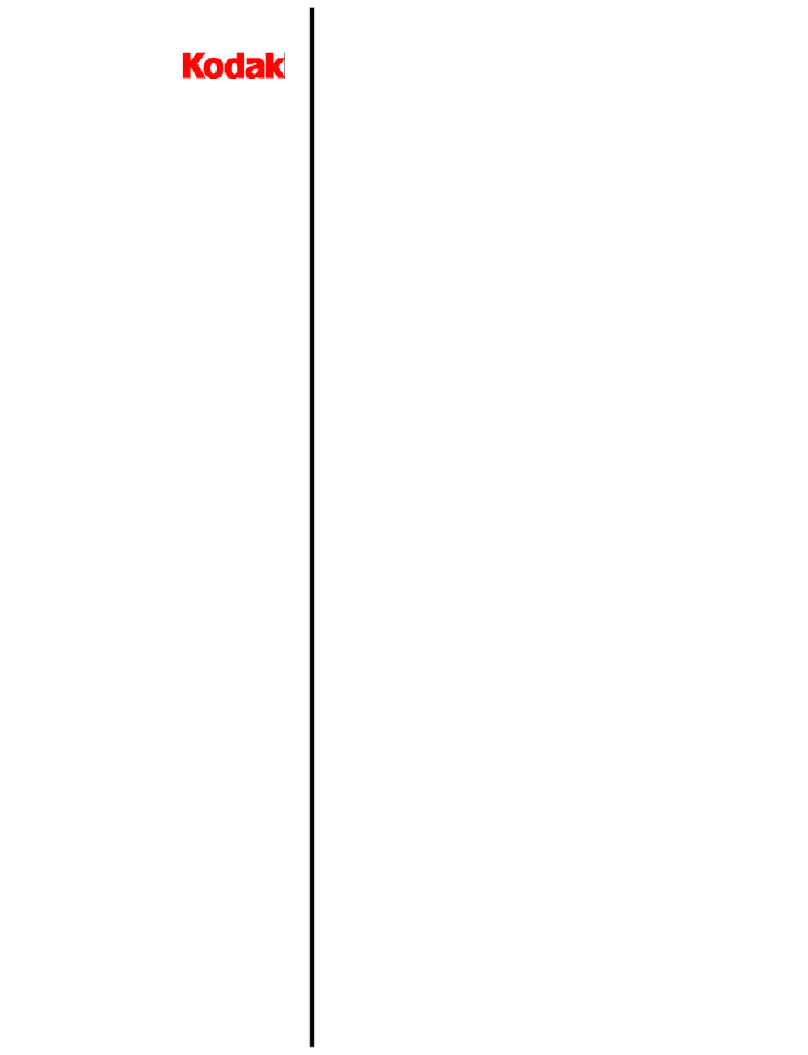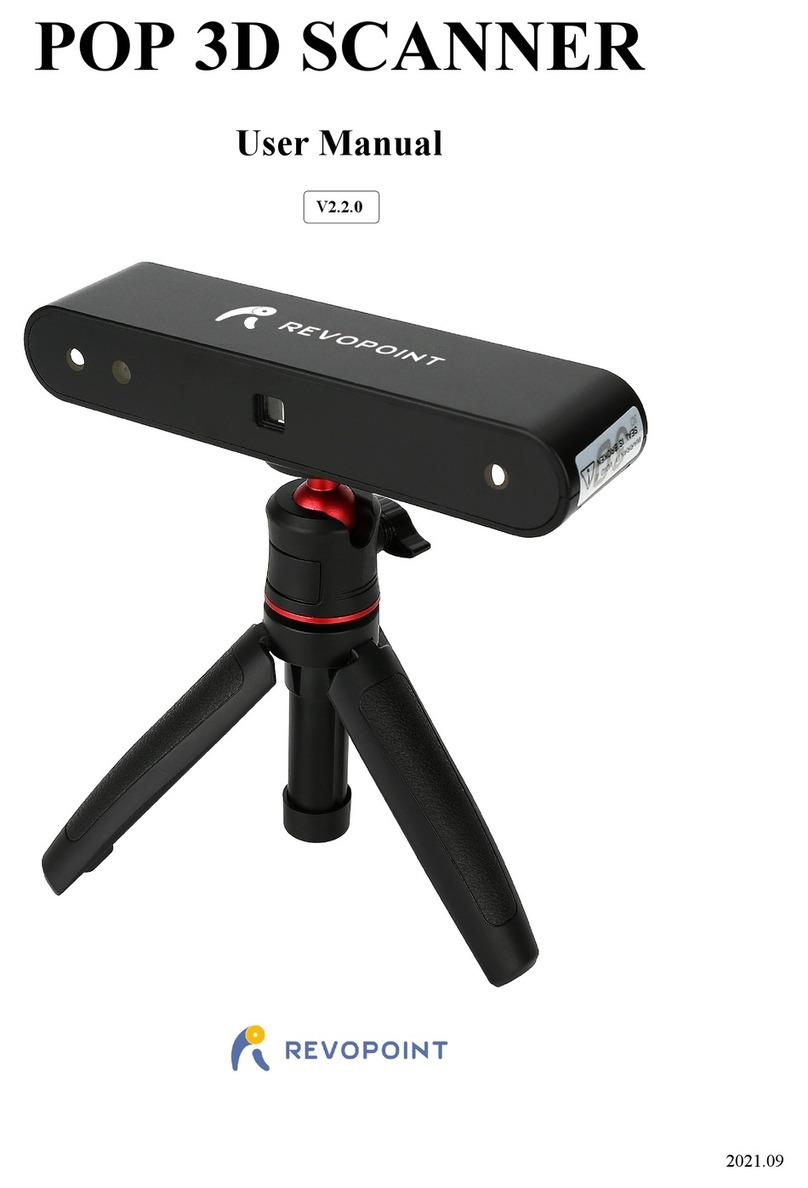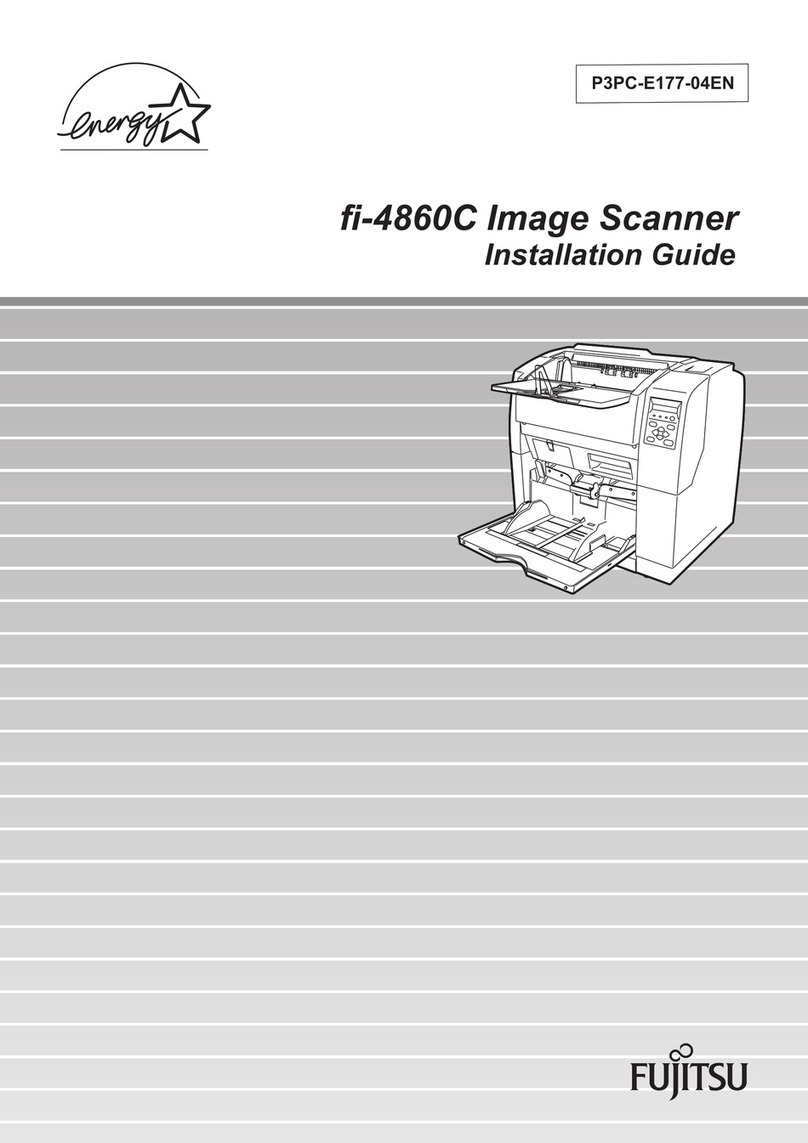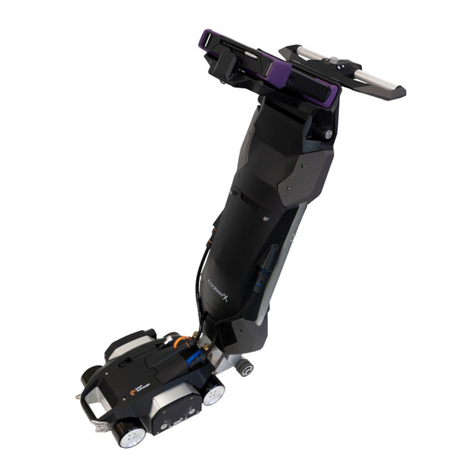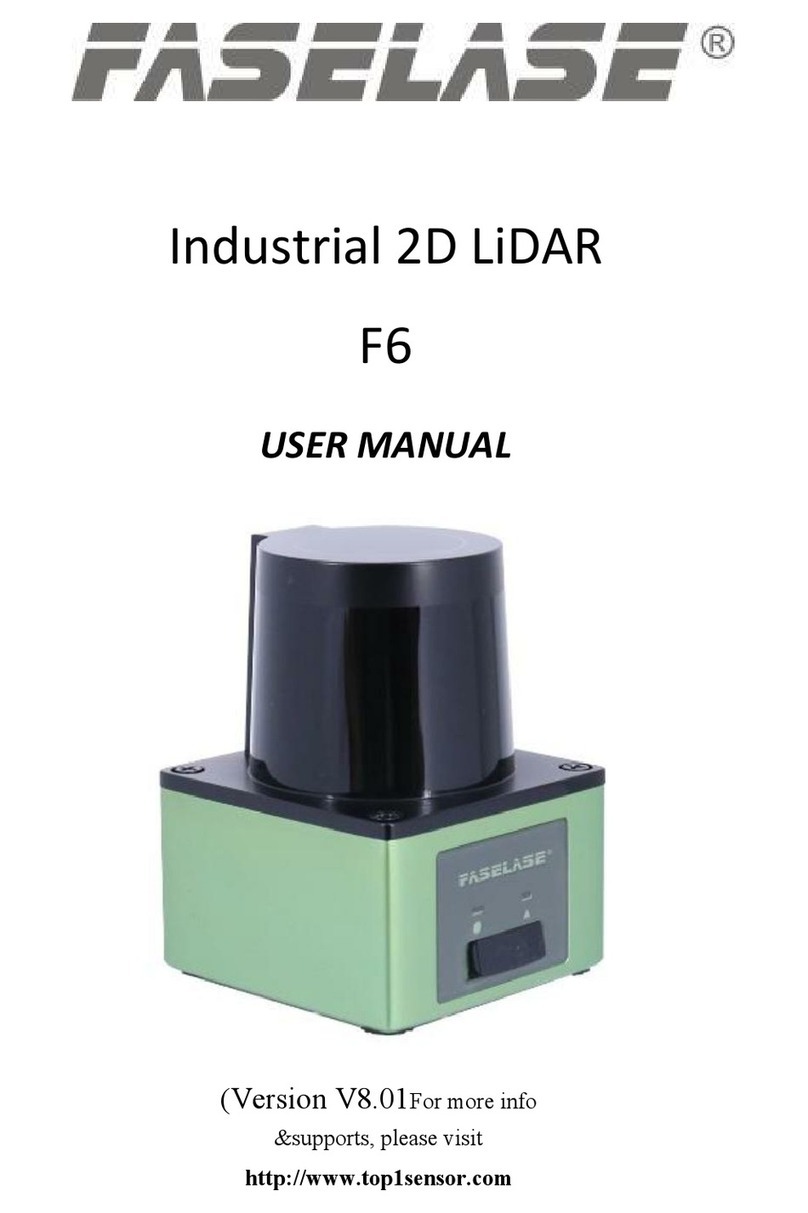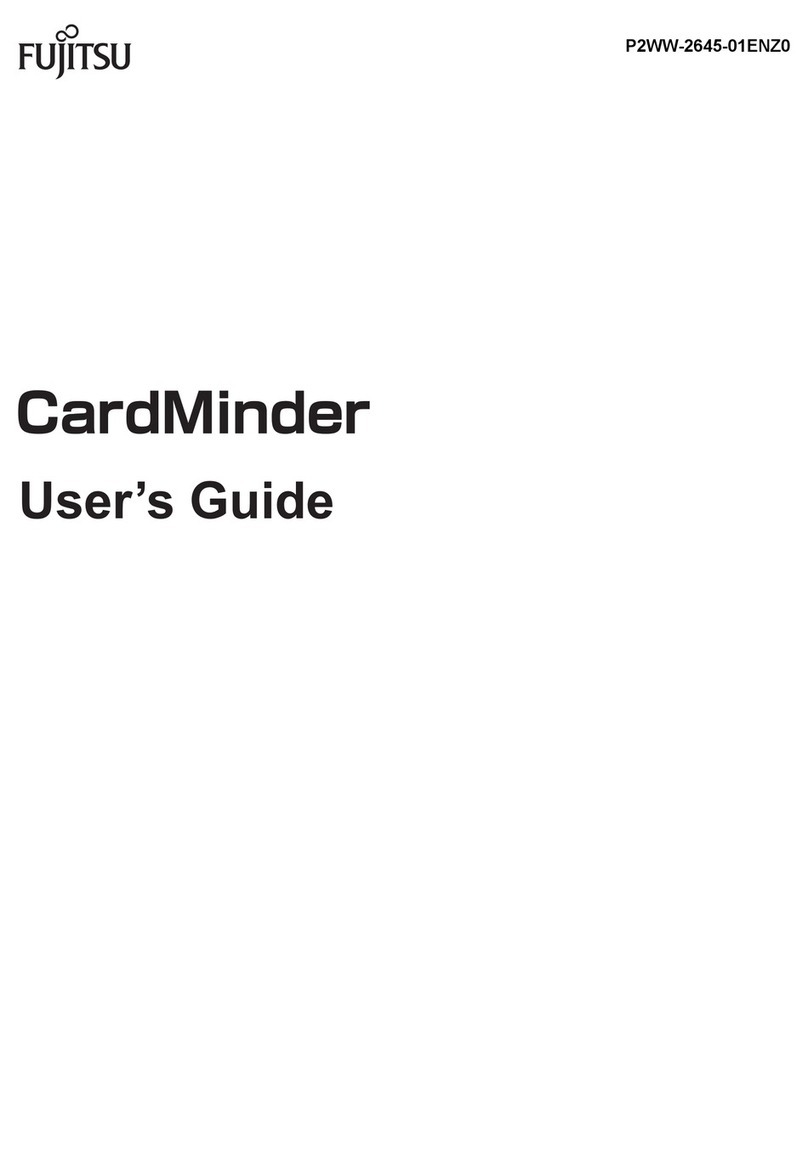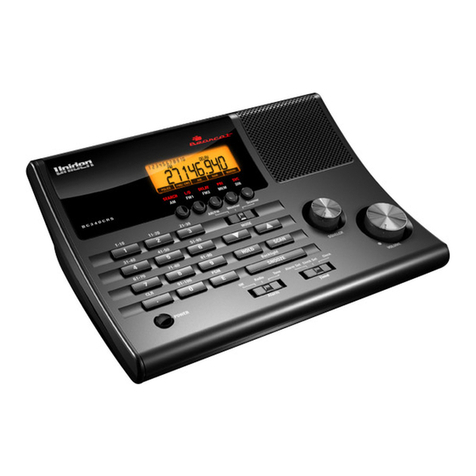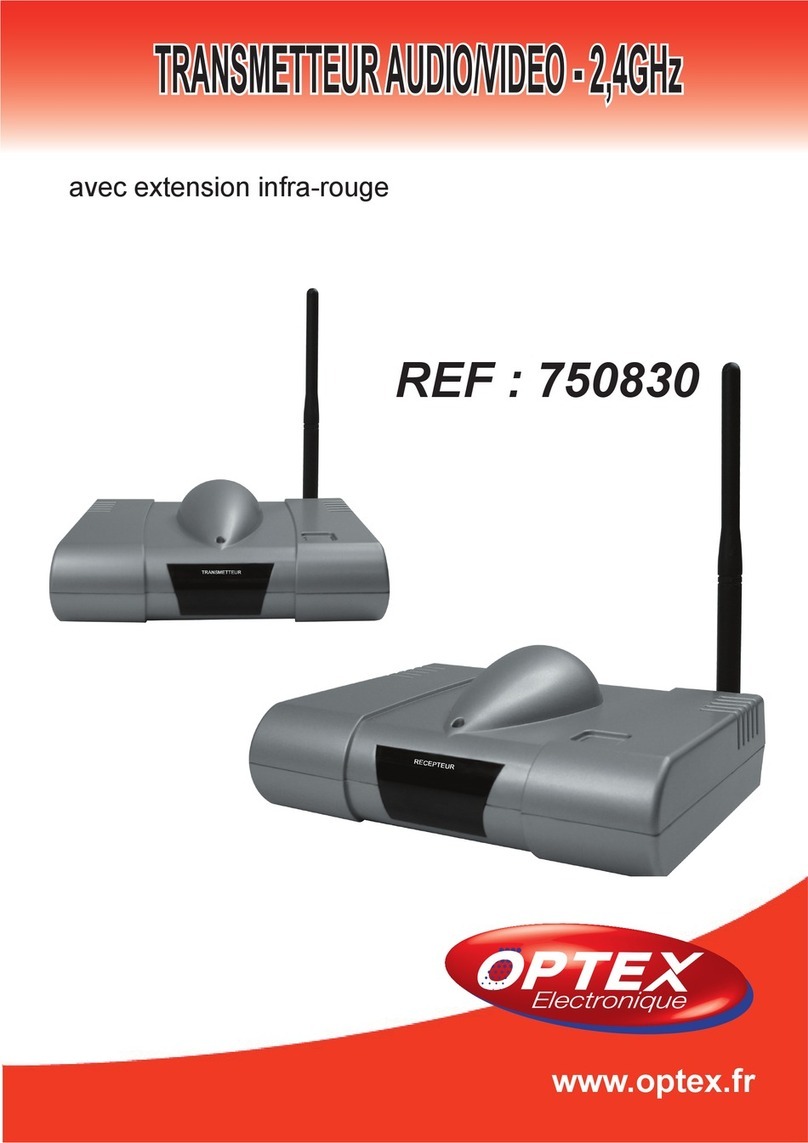i
Contents
Contents......................................................................................................................................................i
Notes about structure and electric circuit design................................................................................iii
1 Specifications.........................................................................................................................................4
1-1 Technical specifications.................................................................................................................. 4
1-2 Default setting for each barcode .................................................................................................... 6
2 Getting started........................................................................................................................................7
2-1 Dimensions..................................................................................................................................... 7
2-2 Pin assignment............................................................................................................................... 8
3 Parameter menus...................................................................................................................................9
3-1 Introduction..................................................................................................................................... 9
3-2 Example 1: Single-parameter setting by scanning 1D barcodes................................................. 10
3-3 Example 2: Multiple-parameter setting by scanning a QR code barcode.....................................11
3-4 Interface selection......................................................................................................................... 12
3-5 RS-232 interface........................................................................................................................... 13
3-6 USB interface................................................................................................................................ 16
3-7 Scan mode & some global settings.............................................................................................. 19
3-8 Indication....................................................................................................................................... 24
3-9 Decode illumination mode and Decode aiming pattern ............................................................... 25
3-10 Single type of barcode, Multi-symbols, and Vertical centering read.......................................... 27
Note 1 : The instruction of calibrating the aimer in vertical centering direction............................ 29
Note 2: Scan barcode or send command to enter upgrade mode................................................ 30
3-11 Mobile screen read ..................................................................................................................... 31
3-12 UPC-A......................................................................................................................................... 32
3-13 UPC-E......................................................................................................................................... 34
3-14 UPC-E1....................................................................................................................................... 36
3-15 EAN-13....................................................................................................................................... 38
3-16 EAN-8 ......................................................................................................................................... 40
3-17 Code 39 (Code 32, Trioptic Code 39) ........................................................................................ 42
3-18 Interleaved 2 of 5........................................................................................................................ 45
3-19 Industrial 2 of 5........................................................................................................................... 47
3-20 Matrix 2 of 5................................................................................................................................ 48
3-21 Codabar...................................................................................................................................... 50
3-22 Code 128.................................................................................................................................... 52
3-23 UCC/EAN 128 (GS1-128)........................................................................................................... 54
3-24 ISBT 128..................................................................................................................................... 56
3-25 Code 93...................................................................................................................................... 58
3-26 Code 11....................................................................................................................................... 60
3-27 MSI/Plessey................................................................................................................................ 62
